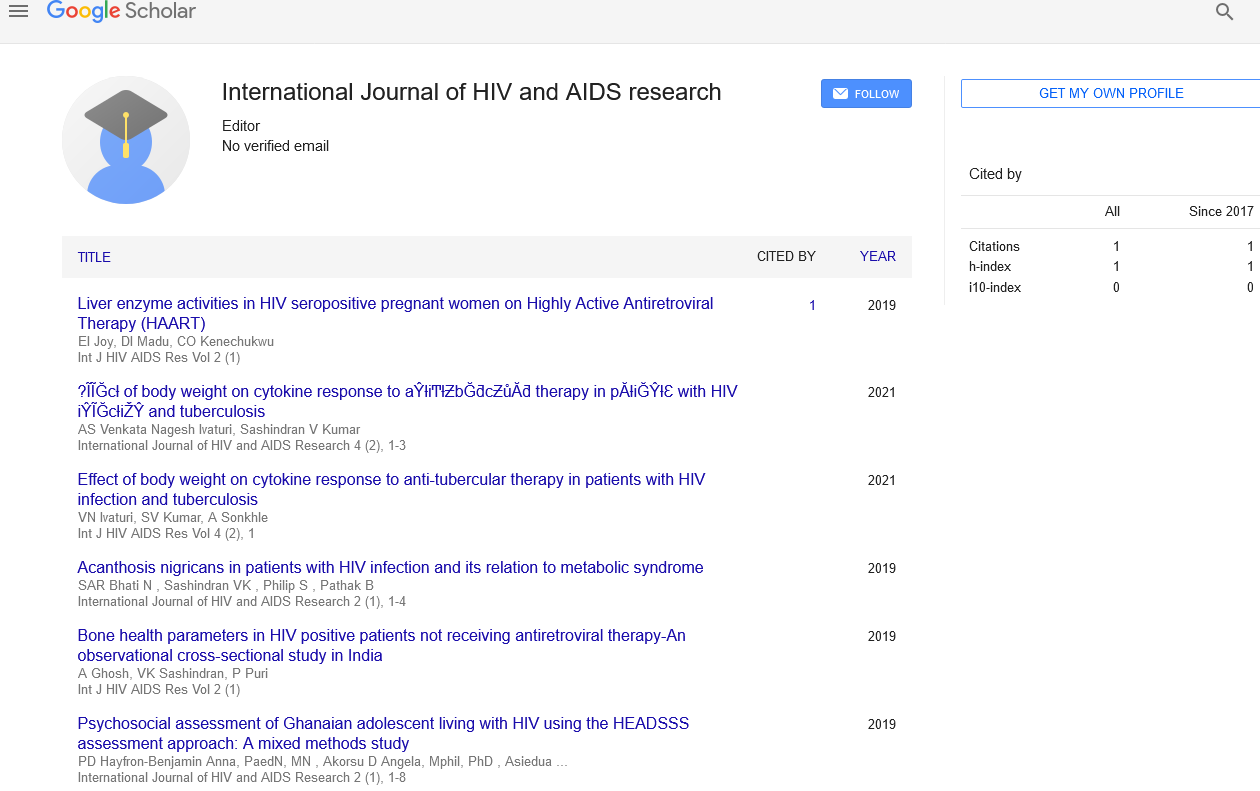Prioritization of technology related to waste to energy and the use of food waste
Received: 29-Mar-2023, Manuscript No. PULAFSJ-23-6285 ; Editor assigned: 31-Mar-2023, Pre QC No. PULAFSJ-23-6285 (PQ); Reviewed: 14-Apr-2023 QC No. PULAFSJ-23-6285; Revised: 29-May-2023, Manuscript No. PULAFSJ-23-6285 (R); Published: 05-Jun-2023
Citation: Sengupta J. Prioritization of technology related to waste to energy and the use of food waste. Appl Food Sci J 2023;7(1):1.
This open-access article is distributed under the terms of the Creative Commons Attribution Non-Commercial License (CC BY-NC) (http://creativecommons.org/licenses/by-nc/4.0/), which permits reuse, distribution and reproduction of the article, provided that the original work is properly cited and the reuse is restricted to noncommercial purposes. For commercial reuse, contact reprints@pulsus.com
Abstract
Using the rising production of organic waste for its conversion to energy (WtE) helps reduce the issues related to its eventual disposal and is a global trend that is becoming more prevalent. Using source separation and selective collection, this study proposes a novel method for identifying and prioritising WtE alternatives that can be used with Food Waste (FW) that is present in a Colombian municipality's Municipal Solid Waste (MSW). The prospective MIC-MAC method (Matrice d'Impacts Croises Multiplication Appliques a un Classement) allowed the selection of criteria and sub criteria; the Analytical Hierarchical Process (AHP) and the Technique of Order of Preference by Similarity to the Ideal Solution (TOPSIS), allowed a ranking of selected alternatives taking into account the technical, environmental, and social factors; and the MIC-MAC method allowed the selection of criteria and sub Anaerobic digestion, gasification, incineration, biogas recovery from landfills, and pyrolysis were the WtE technologies discovered. Pyrolysis was left out because of its wider application potential with substrates like plastic waste.
Keywords
Analytic hierarchy process; Decision making; Energy from waste; Food waste; Anaerobic digestion
Introduction
In the next 30 years, it is predicted that the volume of Municipal Solid Waste (MSW) will increase by roughly 70%, with Bio Waste (BW) and Food Waste (FW) accounting for the majority of the increase, with industrialised and developing nations experiencing increases of 40%–50% and 60%–70%, respectively. Waste to Energy (WtE) technologies are a good example of a contemporary and effective solution that should be used to promote sustainable development, reduce negative environmental effects, and generate renewable energy. The use of organic waste is still an untapped option in Latin America, where there must be a drastic transformation in resource management if we are to achieve net zero Greenhouse Gas (GHG) emissions by the year 2050. Thermal conversions, biological conversions, and energy recovery in landfills are the three main WtE technology types that are frequently employed for sustainable waste management and concurrent energy production. The most significant and frequently used thermal conversion technique for waste treatment is incineration; gasification is a newer technology that is being developed; and pyrolysis is still in the research stage and is not being used on a commercial pilot scale for the conversion of MSW into energy. Anaerobic Digestion (AD), also known as biomethanization, is one of the biological conversion techniques that are frequently used to treat substrates with high percentages of biodegradable organic matter and high moisture contents. Energy recovery techniques in landfills, on the other hand, are the least desirable of the practises. The principal conclusions demonstrate that the WtE technologies created and applied in the nations of Latin America and the Caribbean (LAC) produce a variety of advantages, including long term mitigation of climate change consequences as well as economic growth and general human well-being.
Description
Separation at the source and selective collection, which allow for the acquisition of high quality recovered materials, are two prerequisites for the proper application of the usable and recoverable materials present in MSW.
This process translates into an improvement in the economic value, an improvement in the working conditions of the recyclers, and the optimisation of the various options for using any type of waste. The method is in line with the circular economy concept, which entails looking at supply chains and waste creation processes such that they are not sent straight to final disposal but instead pass various crucial steps that favour energy recovery, biological recovery, or material recovery. The choice of a suitable energy conversion solution is a challenging decision because waste management is multifaceted. An integrated approach is important to achieve the demanding objective of ensuring sustainability through a balance between society, economy, and nature; as a result, all relevant processes must be taken into account when assessing the many consequences of waste management systems. The approach must also be goal oriented and include a summary of the benefits and drawbacks of the various possibilities.
Conclusion
Anaerobic digestion, gasification, incineration, and recovery of biogas from landfills were the technologies identified for food waste valorization through the WtE principles; pyrolysis was excluded from the analysis due to its lower application potential with this type of substrate and being more recommended for treating other types of waste, such as plastics. The identification and prioritising of six pertinent subcriteria for evaluating the four indicated technologies in terms of their environmental, social, and technical implications were made possible by the application of the MICMAC prospective technique and the AHP multicriteria tool. Social acceptability (36%), reduced GHG emissions (16.17%), municipal solid waste reduction (15.83%), energy production (13.80%), technological maturity (12.95%), and electrical energy conversion efficiency (5.25%) were the subcriteria that received the highest preference from respondents. Of the WtE options, anaerobic digestion had the highest level of choice (78.2%), outperforming gasification (47.5%), incineration (27.4%), and the collection of biogas from landfills (6.6%), which had the lowest social acceptance and produced the fewest tonnes of CO2 mitigation.





